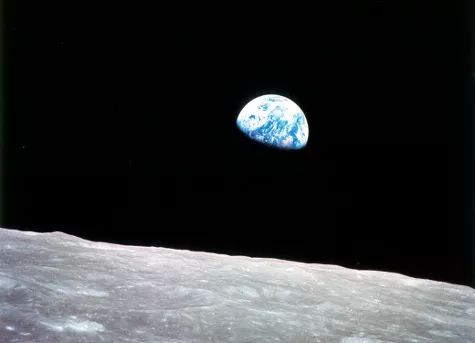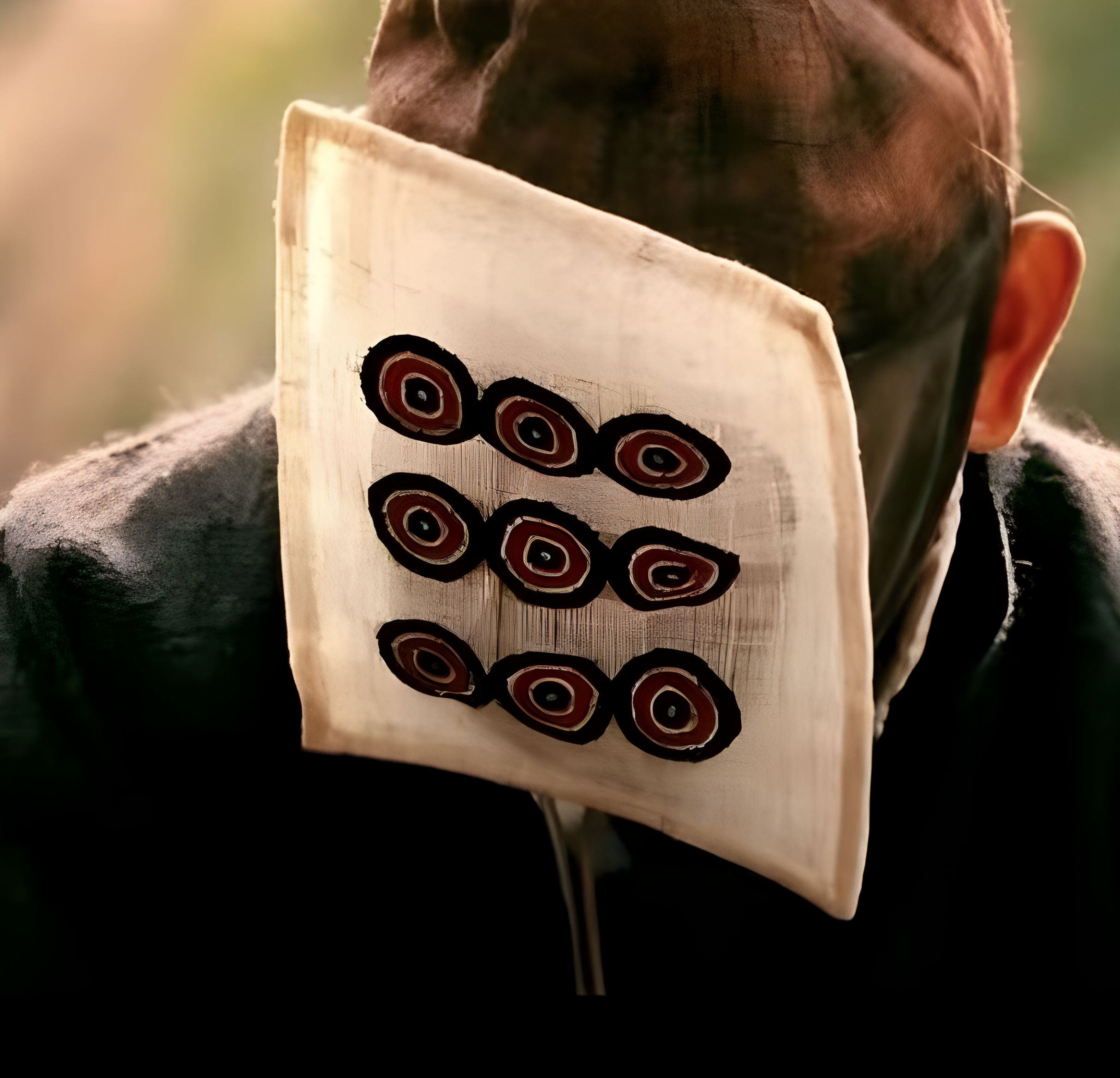Why explore space? 为什么探索宇宙——美国航天局回赞比亚修女的信
Published:
1970年5月6日,NASA科学副总监恩斯特·史都林格博士收到了来自赞比亚修女Mary Jucunda的一封信,质疑为什么要在地球上还有儿童挨饿的情况下花费巨资探索太空。以下是他的回信,这封信后来成为了关于太空探索意义的经典文献。
May 6, 1970
1970年5月6日
Dear Sister Mary Jucunda: 亲爱的 Mary Jucunda 修女:
Your letter was one of many which are reaching me every day, but it has touched me more deeply than all the others because it came so much from the depths of a searching mind and a compassionate heart. I will try to answer your question as best as I possibly can.
每天,我都会收到很多类似的来信,但这封对我的触动最深,因为它来自一颗慈悲的饱含探求精神的心灵。我会尽自己所能来回答你这个问题。
First, however, I would like to express my great admiration for you, and for all your many brave sisters, because you are dedicating your lives to the noblest cause of man: help for his fellowmen who are in need.
首先,请允许我向你以及你勇敢的姐妹们表达深深的敬意,你们献身于人类最崇高的事业:帮助身处困境的同胞。
The Question of Priorities
优先级的问题
You asked in your letter how I could suggest the expenditures of billions of dollars for a voyage to Mars, at a time when many children on this Earth are starving to death. I know that you do not expect an answer such as “Oh, I did not know that there are children dying from hunger, but from now on I will desist from any kind of space research until mankind has solved that problem!”
在来信中,你问我在目前地球上还有儿童由于饥饿面临死亡威胁的情况下,为什么还要花费数十亿美元来进行飞向火星的航行。我清楚你肯定不希望这样的答案:”哦,我之前不知道还有小孩子快饿死了,好吧,从现在开始,暂停所有的太空项目,直到孩子们都吃上饭再说。”
In fact, I have known of famined children long before I knew that a voyage to the planet Mars is technically feasible. However, I believe, like many of my friends, that travelling to the Moon and eventually to Mars and to other planets is a venture which we should undertake now, and I even believe that this project, in the long run, will contribute more to the solution of these grave problems we are facing here on Earth than many other potential projects of help.
事实上,早在了解火星之旅的技术之前,我已经对儿童的饥荒问题有所了解。而且,同我很多朋友的看法一样,我认为此时此刻,我们就应该开始通往月球、火星乃至其他行星的伟大探险。从长远来看,相对于那些要么只有年复一年的辩论和争吵,要么连妥协之后也迟迟无法落实的各种援助计划来说,我甚至觉得探索太空的工程更有助于解决人类目前所面临的种种危机。
The Parable of the Count and the Microscope
伯爵与显微镜的寓言
Before trying to describe in more detail how our space program is contributing to the solution of our Earthly problems, I would like to relate briefly a supposedly true story, which may help support the argument.
在详细说明我们的太空项目如何帮助解决地面上的危机之前,我想先简短讲一个真实的故事。
About 400 years ago, there lived a count in a small town in Germany. He was one of the benign counts, and he gave a large part of his income to the poor in his town. This was much appreciated, because poverty was abundant during medieval times, and there were epidemics of the plague which ravaged the country frequently.
那是在400年前,德国某小镇里有一位伯爵。他是个心地善良的人,他将自己收入的一大部分捐给了镇子上的穷人。这十分令人钦佩,因为中世纪时穷人很多,而且那时经常爆发席卷全国的瘟疫。
One day, the count met a strange man. He had a workbench and little laboratory in his house, and he labored hard during the daytime so that he could afford a few hours every evening to work in his laboratory. He ground small lenses from pieces of glass; he mounted the lenses in tubes, and he used these gadgets to look at very small objects.
一天,伯爵碰到了一个奇怪的人,他家中有一个工作台和一个小实验室,他白天卖力工作,每天晚上的几小时的时间专心进行研究。他把小玻璃片研磨成镜片,然后把研磨好的镜片装到镜筒里,用此来观察细小的物件。
The townspeople, however, became angry when they realized that the count was wasting his money, as they thought, on a stunt without purpose. “We are suffering from this plague,” they said, “while he is paying that man for a useless hobby!”
然而,镇子上的人得知伯爵在这么一个怪人和他那些无用的玩意儿上花费金钱之后,都很生气,”我们还在受瘟疫的苦”,他们抱怨道,”而他却为那个闲人和他没用的爱好乱花钱!”
But the count remained firm. “I give you as much as I can afford,” he said, “but I will also support this man and his work, because I know that someday something will come out of it!”
伯爵听到后不为所动,”我会尽可能地接济大家”,他表示,”但我会继续资助这个人和他的工作,我确信终有一天会有回报。”
Indeed, something very good came out of this work, and also out of similar work done by others at other places: the microscope. It is well known that the microscope has contributed more than any other invention to the progress of medicine, and that the elimination of the plague and many other contagious diseases from most parts of the world is largely a result of studies which the microscope made possible.
果不其然,他的工作赢来了丰厚的回报:显微镜。 显微镜的发明给医学带来了前所未有的发展,由此展开的研究及其成果,消除了世界上大部分地区肆虐的瘟疫和其他一些传染性疾病。
How Government Spending Works
政府预算如何运作
The President of the United States is spending about 200 billion dollars in his yearly budget. About 1.6 percent of this national budget was allocated to space exploration this year. To make this expenditure for the space program possible, the average American taxpayer with 10,000 dollars income per year is paying about 30 tax dollars for space. The rest of his income, 9,970 dollars, remains for his subsistence, his recreation, his savings, his other taxes, and all his other expenditures.
美国总统的年度预算共有2000亿美元,今年,预算中的1.6%将用于探索宇宙。为担负这些太空项目的支出,平均每个年收入10,000美元的美国纳税人需要支付约30美元给太空,剩下的9,970美元则可用于一般生活开支、休闲娱乐、储蓄、别的税项等花销。
You may ask now whether I personally would be in favor of such a move by our government. My answer is an emphatic yes. Indeed, I would not mind at all if my annual taxes were increased by a number of dollars for the purpose of feeding hungry children, wherever they may live.
要问是否同意政府实施类似的政策,我个人的意见是绝对赞成。我完全不介意每年多付出一点点税款来帮助饥饿的儿童,无论他们身在何处。
How Space Exploration Helps Earth
太空探索如何帮助地球
Food Production and Distribution
食品生产与分配
Basic to the hunger problem are two functions: the production of food and the distribution of food. The best tool for the improvement of all these functions, undoubtedly, is the artificial Earth satellite. Circling the globe at a high altitude, it can screen wide areas of land within a short time; it can observe and measure a large variety of factors indicating the status and condition of crops, soil, droughts, rainfall, snow cover, etc.
解决饥饿问题的关键有两部分:食物的生产和食物的发放。人造地球卫星无疑是改进这两个关键问题最有力的工具。 在远离地面的运行轨道上,卫星能够在很短的时间里扫描大片的陆地,可以同时观察计算农作物生长所需要的多项指标,土壤、旱情、雨雪天气等等。
It has been estimated that even a modest system of Earth satellites equipped with Earth resources, sensors, working within a program for worldwide agricultural improvements, will increase the yearly crops by an equivalent of many billions of dollars.
据估算,配备有土地资源传感器及相应的农业程序的人造卫星系统,即便是最简单的型号,也能给农作物的年产量带来数以十亿美元计的提升。
International Cooperation
国际合作
Let me only remind you of the recent near-tragedy of Apollo 13. When the time of the crucial reentry of the astronauts approached, the Soviet Union discontinued all Russian radio transmissions in the frequency bands used by the Apollo Project in order to avoid any possible interference, and Russian ships stationed themselves in the Pacific and the Atlantic Oceans in case an emergency rescue would become necessary.
以最近发生的阿波罗13号事故为例。当宇航员处于关键的大气层再入期时,为了保证通讯畅通,苏联关闭了境内与阿波罗飞船所用频带相同的所有广播通信。同时派出舰艇到太平洋和大西洋海域以备第一时间进行搜救工作。
Technological Innovation
技术创新
Every year, about a thousand technical innovations generated in the space program find their ways into our Earthly technology where they lead to better kitchen appliances and farm equipment, better sewing machines and radios, better ships and airplanes, better weather forecasting and storm warning, better communications, better medical instruments, better utensils and tools for everyday life.
每年,都有大概一千项从太空项目中发展出来的新技术被用于日常生活中,这些技术打造出更好的厨房用具和农场设备,更好的缝纫机和收音机,更好的轮船和飞机,更精确的天气预报和风暴预警,更好的通讯设施,更好的医疗设备,乃至更好的日常小工具。
The Catalyst Effect
催化剂效应
Significant progress in the solutions of technical problems is frequently made not by a direct approach, but by first setting a goal of high challenge which offers a strong motivation for innovative work, which fires the imagination and spurs men to expend their best efforts, and which acts as a catalyst by including chains of other reactions.
解决工程问题时,重要的技术突破往往并不是按部就班直接得到的,而是来自能够激发出强大创新精神,能够燃起的想象力和坚定的行动力,以及能够整合好所有资源的充满挑战的目标。
Spaceflight without any doubt is playing exactly this role. The voyage to Mars will certainly not be a direct source of food for the hungry. However, it will lead to so many new technologies and capabilities that the spin-offs from this project alone will be worth many times the cost of its implementation.
太空旅行无可置疑地是一项充满挑战的事业。 通往火星的航行并不能直接提供食物解决饥荒问题。然而,它所带来大量的新技术和新方法可以用在火星项目之外,这将产生数倍于原始花费的收益。
A New Perspective on Earth
对地球的全新视角

The photograph which I enclose with this letter shows a view of our Earth as seen from Apollo 8 when it orbited the moon at Christmas, 1968. Of all the many wonderful results of the space program so far, this picture may be the most important one.
随信一块寄出的这张照片,是1968年圣诞节那天阿波罗8号在环月球轨道上拍摄的地球的景象。太空项目所能带来的各种结果中,这张照片也许是其中最可贵的一项。
It opened our eyes to the fact that our Earth is a beautiful and most precious island in an unlimited void, and that there is no other place for us to live but the thin surface layer of our planet, bordered by the bleak nothingness of space.
它开阔了人类的视野,让我们如此直观地感受到地球是广阔无垠的宇宙中如此美丽而又珍贵的孤岛,同时让我们认识到地球是我们唯一的家园,离开地球就是荒芜阴冷的外太空。
Very fortunately though, the space age not only holds out a mirror in which we can see ourselves, it also provides us with the technologies, the challenge, the motivation, and even with the optimism to attack these tasks with confidence. What we learn in our space program, I believe, is fully supporting what Albert Schweitzer had in mind when he said: “I am looking at the future with concern, but with good hope.”
太空探索不仅仅给人类提供一面审视自己的镜子,它还能给我们带来全新的技术,全新的挑战和进取精神,以及面对严峻现实问题时依然乐观自信的心态。我相信,人类从宇宙中学到的,充分印证了Albert Schweitzer 那句名言:“我忧心忡忡地看待未来,但仍满怀美好的希望。”
My very best wishes will always be with you, and with your children.
向您和您的孩子们致以我最真挚的敬意。
Very sincerely yours,
您诚挚的
Ernst Stuhlinger
恩斯特·史都林格
Associate Director for Science
科学副总监
这封信后来成为了关于太空探索意义和价值的经典文献,深刻阐述了基础科学研究和太空探索对人类文明进步的重要意义。
